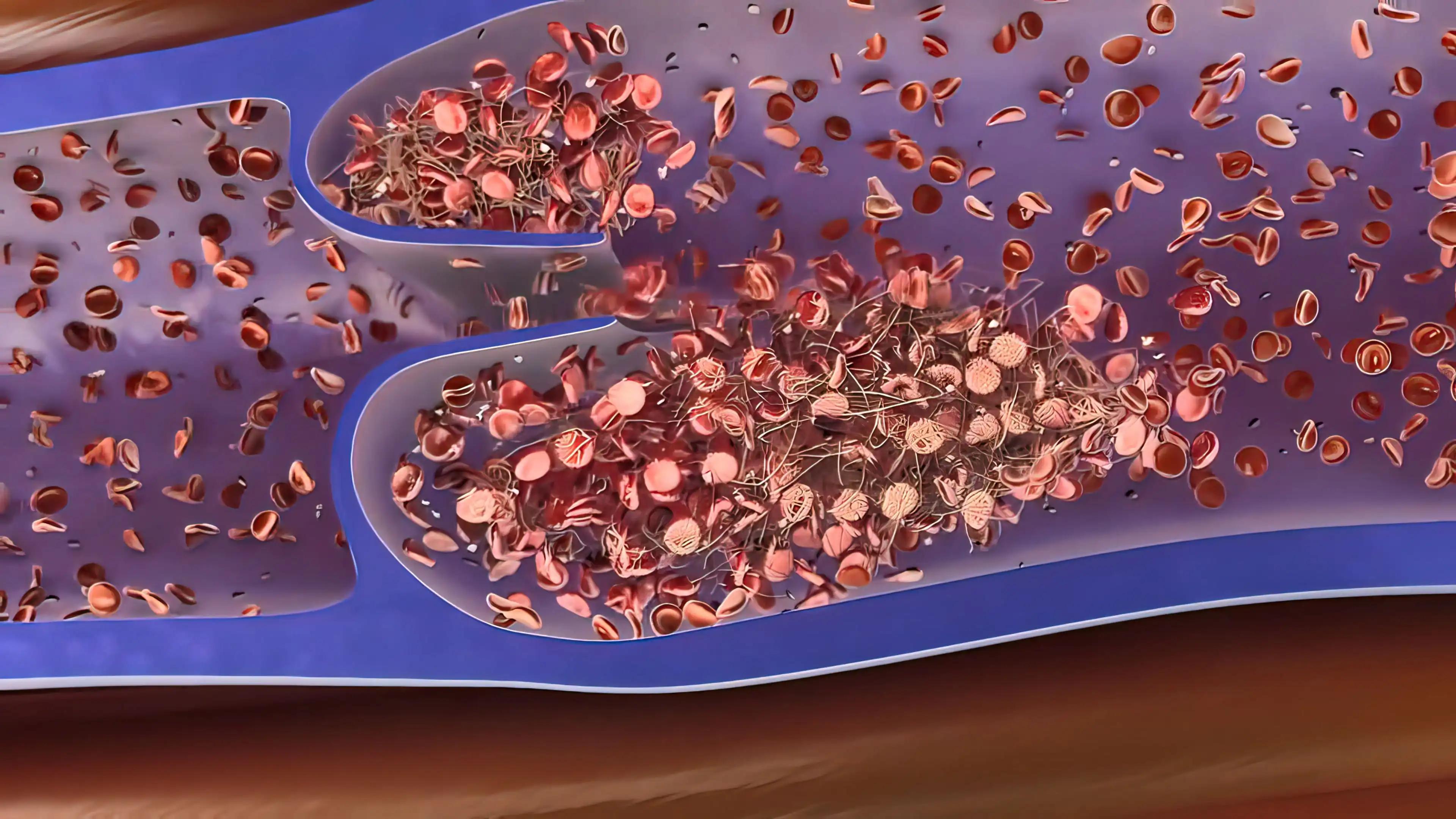KEY TAKEAWAYS
- The NIVEAU phase 3 trial aimed to evaluate Nivolumab + R-GemOx for R/R LBCL ineligible for HSCT in elderly/multimorbid patients.
- The primary endpoint was to assess PFS at the one-year mark.
- The result demonstrated that Nivolumab + R-GemOx is feasible in R/R LBCL with no PFS benefit but a trend towards better OS.
- Final results await all patients finishing protocol-defined follow-up.
Patients with relapsed or refractory (R/R) large B-cell lymphoma (LBCL) face challenges when unable to undergo consolidative high-dose chemotherapy (HDCT) and hematopoietic stem cell transplantation (HSCT), leading to poor outcomes and limited treatment options. In such cases, Rituximab, gemcitabine, and oxaliplatin (R-GemOx) emerge as a common immuno-chemotherapy regimen to address this clinical scenario.
Gerhard Held and his research group focused on evaluating outcomes in this specific population with limited treatment options and poor prognosis.
In the interventional study, eligible participants were adults diagnosed with R/R LBCL who did not respond to or relapsed after initial immuno-chemotherapy. These individuals were not considered suitable candidates for HDCT and HSCT based on the physician’s evaluation and meeting at least one of the following criteria: age ≥65 years, age ≥18 years, and Hematopoietic Cell Transplantation-specific Comorbidity Index (HCT-CI) score ≥3; or age ≥18 years and prior ASCT (as 1st line consolidation).
The treatment plan involved either 8 cycles of R-GemOx in one group (arm A) or 8 cycles of nivolumab in addition to R-GemOx, followed by maintenance of nivolumab for up to a total of 1 year or until disease progression or unacceptable side effects in the other group (arm B).
The primary measure of success was progression-free survival (PFS) after 1 year. The secondary endpoints included response rates, event-free survival (EFS) – the time to progression, relapse, death, or unplanned anti-lymphoma treatment, overall survival (OS), and treatment-related adverse events(TRAEs). The study protocol included a planned interim analysis after the first 180 participants completed at least one follow-up investigation.
Around 180 patients were randomized, in which two patients did not receive treatment (one withdrew informed consent, and one died), resulting in a full analysis set of n=90 (arm A) and n=88 (arm B). The median age was 76 years (range 44-87), with 52% of pts over 75 years old. About 37% had primary progressive disease after first-line therapy, and 62% had an International Prognostic Index (IPI) score of 3-5.
The two arms ‘ overall response (OR) and complete response (CR) rates were similar: 34% and 20% for arm A and 34% and 22% for arm B, respectively. Progressive disease (PD) rates were 53% for arm A and 50% for arm B. After a median follow-up of 21 months, the 1-year PFS was 28% (95%-CI: 18%-37%) in arm A vs. 20% (95%-CI: 11%-28%) in arm B (p=0.827). The 1-year EFS was 22% (95%-CI: 13%-31%) in arm A vs. 20% (95%-CI: 11%-28%) in arm B (P=0.654). One-year OS was 48% (95%-CI: 38%-59%) in arm A vs. 58% (95%-CI: 47%-68%) in arm B (p=0.126). At 2 years, PFS, EFS, and OS were 15% (95%-CI: 6%-24%), 13% (95%-CI: 5%-21%), and 34% (95%-CI: 22%-46%) in arm A vs. 15% (95%-CI: 7%-23%), 15% (95%-CI: 7%-23%), and 43% (95%-CI: 32%-55%) in arm B.
Due to identical PFS but a trend toward better OS for arm B, an event-driven OS analysis of patients after the second progression or relapse (n=70 in arm A, n=73 in arm B) was conducted. OS was superior in arm B vs. arm A after the second progression or relapse (Log Rank p=0.010).
There was a slight increase in the number of patients with grade 3-5 adverse events (AEs) in arm B (arm A/arm B: thrombocytopenia 37%/39%; anemia 19%/26%; leukopenia 19%/24%; infection 15%/22%). No increase in the number of patients with immune-related grade 3-5 AEs was observed, except for an asymptomatic rise in lipase (arm A/arm B: 23%/27%, P=0.625) and amylase (arm A/arm B: 5%/11%, P=0.192). The most common grade 3-5 AEs during nivolumab consolidation in arm B were leukopenia (13%), peripheral neuropathy (10%), increase in lipase (8%), anemia (5%), and infection (5% of patients). In total, seven treatment-related deaths occurred (arm A/arm B: 3 (3%)/4 (5%)).
The study was stopped in March 2023 because an interim analysis showed that the treatment was not proving to be better than the standard for the study’s primary goal. By that time, 270 of the originally planned 310 participants had already been enrolled in the study.
The results showed that, in R/R LBCL patients, adding nivolumab to the R-GemOx treatment followed by nivolumab maintenance didn’t cause significant additional side effects. The combination only improved the time once the disease worsened compared to using only the R-GemOx treatment. These findings highlighted the challenging outlook for patients who can’t undergo a transplant and are treated with immuno-chemotherapy.
The study concluded that adding nivolumab might lead to better OS, suggesting that it could enhance the effectiveness of later treatments. The study’s final analysis will happen after the last patient finishes their follow-up, as outlined in the study plan. This study is sponsored by Universität des Saarlandes.
Source: https://ash.confex.com/ash/2023/webprogram/Paper172951.html
Clinical Trial: https://clinicaltrials.gov/study/NCT03366272
Held G, Altmann B, Kerkhoff A, et al. “R-GemOx Plus Nivolumab Vs R-GemOx As Second-Line Therapy for Large B-Cell Lymphoma in Transplant-Ineligible Patients: Interim Analysis of the Niveau Trial, an International, Randomized Phase 3 Study of the AGMT, GLA, HOVON, Lysa and PLRG” Presented at ASH 2023. (Abstract: 435)



